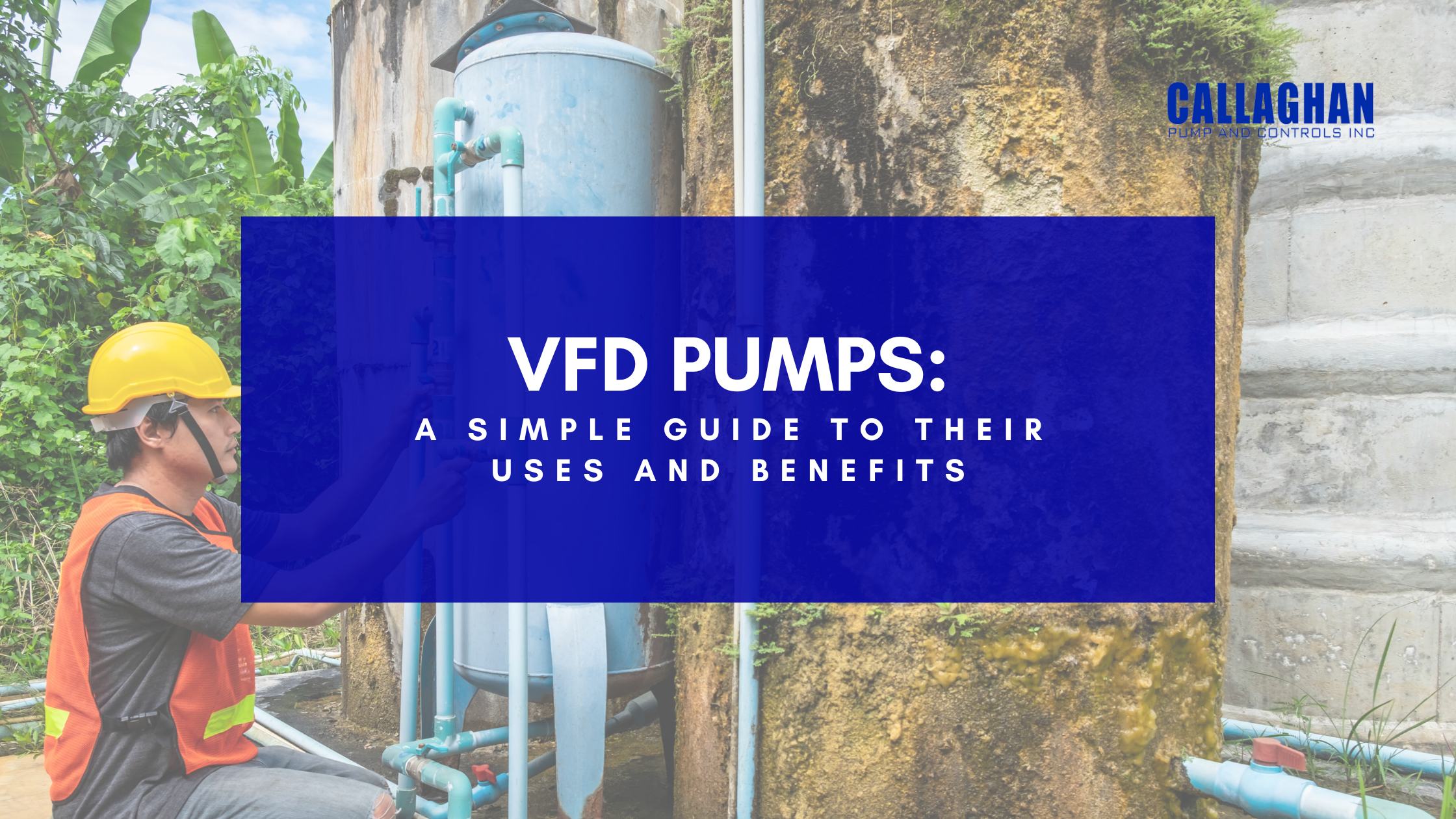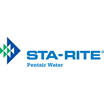
November 11th, 2022
You may know that most water pressure booster pumps are generally sized to operate at the best efficiency point at maximum flow. However, the maximum flow requirements occur for a very short period. So, the pump requires some method of flow control.
Traditional methods include valves that increase system pressure and inherently waste energy. This also causes the centrifugal pump to operate at low efficiencies.
The best method of flow control is using VFDs (Variable Frequency Drives) that can help you achieve reduced flow by providing variable speed pump operation. As a result, this would reduce system pressure and operation near the best efficiency of the booster pump. Additionally, energy and maintenance costs will stay low.
In this article, we will discuss the benefits of using variable frequency drives followed by a brief description of VFD pumps. Let’s get started!
Often known as variable speed drives, variable frequency drives do pretty much what their name suggests. They are used to control the motor speed in various applications, including water booster pumps. VFDs are simply a power supply to your pump motor and control the motor input frequency and voltage. They drive the motor at variable frequencies, providing more control than just ON or OFF.
If you want to regulate the flow rate of your water pressure booster pumps, then you will need a VFD. It will give you dynamic control over the flow and reduce/increase the water level in your tank and the volume of water at which it is being supplied.
For the low water demand, the motor needs to slow down, so the supply is kept low accordingly. For the high demand, the pump needs to speed up accordingly. Thus, the pump needs to operate at maximum flow using maximum energy, meaning maximum costs. This is why you need VFD pumps.
These drives save the booster pump from inefficient uses of resources when maximum flow is not necessary. With 90% of the cost coming from energy consumption, energy saving can create a significant impact on the pump’s lifetime cost.
Rather than using traditional methods of controlling the level of water in your tank, such as the installation of float switches, you can use VFDs that are designed to manage flow variations.
There are several advantages of running a water booster pump from a variable speed drive. Have a look at them:
Keep in mind that pumping abrasive slurries is challenging due to high viscosity. This can damage your pump, which is only designed to run at a fixed speed. Here, VFDs may allow you to pump slurries and adjust on the fly to changes in the liquid being pumped. This is a great perk for industrial applications.
VFDs alone can’t power a booster pump. Also, not all pump motors work well with VFDs. Thus, you will need guidance when it comes to choosing the right VFD pump. Luckily, we can help you pick the best solution for your water pump room dimensions. Our pump motors are able to withstand the harmonics and frequencies of VFD pumps. They also don’t offer high-grade insulation and are able to operate the pump at a slower than usual speed without interrupting the heat loss pattern.
Even working within a limited space, VFDs are applicable to a lot of situations and provide solutions to tricky problems. Although they are not the solution to every problem, they can create the difference between a big problem and a challenging application. If you have such a requirement for flow control, ask the experts at Callaghan Pump. We have experienced professionals on hand who can provide assistance with VFDs and water pressure booster pumps for your particular pumping application.
john@callaghanpump.com,
eileen@callaghanpump.com,
dan@callaghanpump.com,
sales@callaghanpump.com,
service@callaghanpump.com












